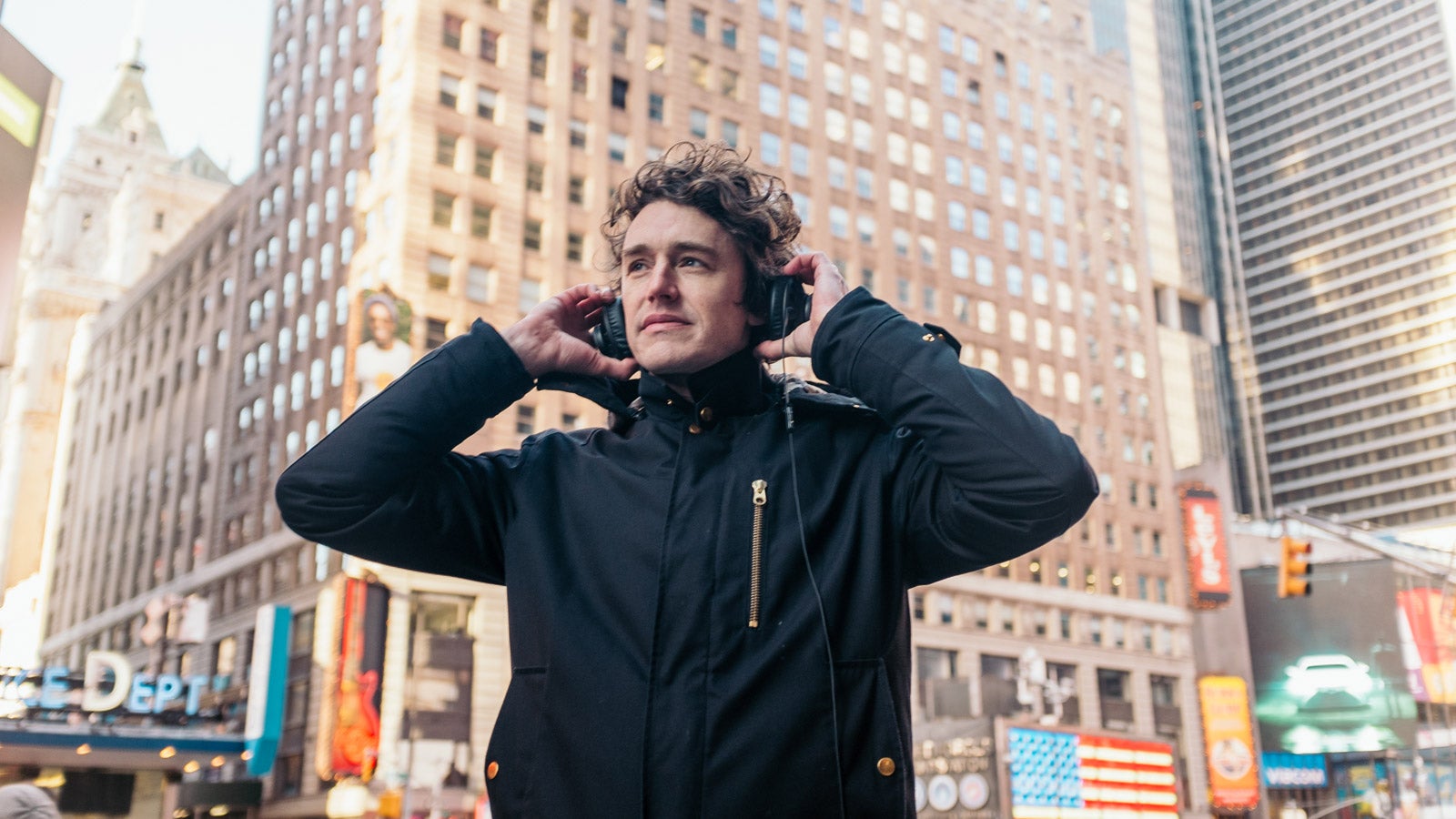
Sonic Branding
Spring 2015
When you hear the phrase “sizzling fajitas,” what restaurant comes to mind?
The answer is Chili’s, and that’s not by accident. Others may have invented the popular Tex-Mex dish, but the casual dining restaurant chain became famous for it — simply because of its sound.
“Larry Levin had the idea to do a version of sizzling fajitas,” says Tyler Gray, ’97, author of The Sonic Boom: How Sound Transforms the Way We Think, Feel, and Buy, which he co-wrote with sound consultant Joel Beckerman. Fajitas became a hit, and Chili’s — Levin’s Dallas restaurant — went national. “In their first-ever commercial, [Levin] put the sound of the sizzling fajitas in. Now they sell millions of pounds of fajita meat a year. Fajitas are all about sound.”
A company’s sound can be as important to its brand identity as its logo or latest ad campaign, according to Gray, who runs the creative newsroom at PR giant Edelman, and Beckerman, whose Man Made Music company teaches businesses such as AT&T about sonic branding. Savvy companies understand the significance of sound, which is why Harley-Davidson spent the 1990s trying to copyright the distinct rumble of its motorcycles, and why others create what Gray describes as “sweeping brand anthems” that are incorporated into everything from power-on tones to commercial jingles. And whether we realize it or not, sound can influence what we consume and how we feel about a product.
Sonic Boom is full of examples of sound-related successes and failures. In 2007, Ford Motor Company was about to release a new Mustang in tribute to the one Steve McQueen drove in the 1968 movie “Bullitt.” Ford executives realized that the muscle car lacked the throaty exhaust note of McQueen’s car, and subsequently, engineers went back to the drawing board.
“We talked to a guy at Ford … whose title is Mustang noise and vibration engineer,” Gray says. “His whole job is to tune the sound of the exhaust for Ford Mustangs.” Similar automotive engineers make sure a Mercedes door sounds like luxury when it closes.
Some companies, including Apple, go as far as employing neuroscientists to design the distinct start-up sounds their computers and smartphones make. We may not notice, but these sounds influence our purchases, says Gray.
Sounds can also influence our behavior, explains Gray. Supermarkets “play music to move you through the experience faster,” he says. “Restaurants play upbeat music because they want you to hurry up and finish so they can seat the table again.”
But in case all of this makes you feel paranoid, Gray says that being aware is the first step in resisting the subtle tactic. “The good thing is that you don’t have to actually fight the power,” he explains. “If sound makes you feel positive [about commercials, products, shopping or dining environments], you should think about what part of that message — their story — you liked.” And maybe, he says, you should wonder, “Is it the whole story?”
Photo by Geoff Levy, ’13